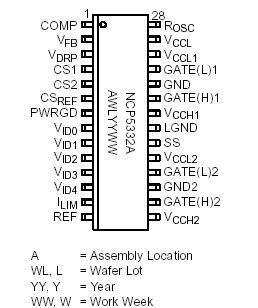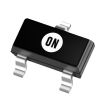NCP5332A: Features: • Enhanced V2 Control Method with Internal Ramp• Internal PWM Ramp• Fast−Feedback Directly from VCORE• VRM 9.X DAC with 1.0% Accuracy• Adjustable Output...
floor Price/Ceiling Price
- Part Number:
- NCP5332A
- Supply Ability:
- 5000
Price Break
- Qty
- 1~5000
- Unit Price
- Negotiable
- Processing time
- 15 Days
SeekIC Buyer Protection PLUS - newly updated for 2013!
- Escrow Protection.
- Guaranteed refunds.
- Secure payments.
- Learn more >>
Month Sales
268 Transactions
Payment Methods
All payment methods are secure and covered by SeekIC Buyer Protection PLUS.

 NCP5332A Data Sheet
NCP5332A Data Sheet







